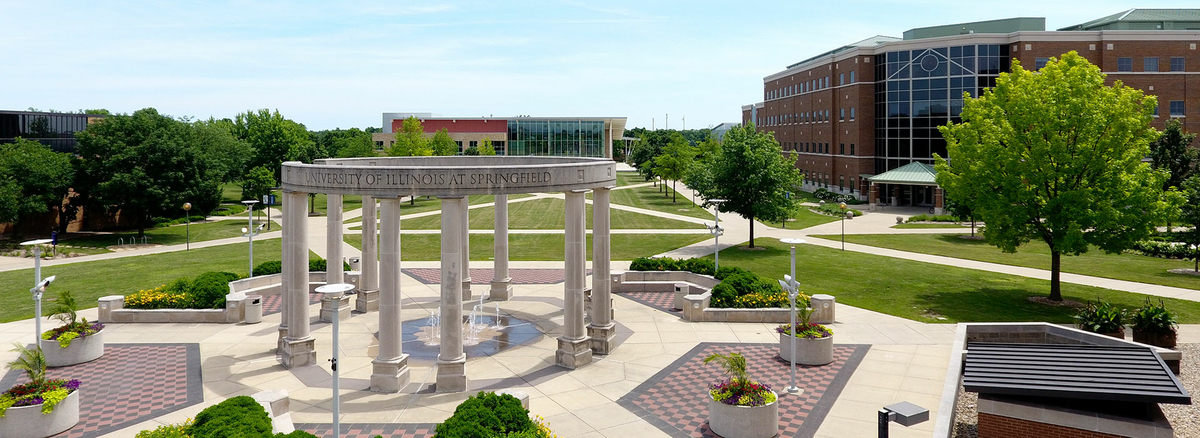As this semester winds down, it is a great time to think about preparing and updating your course materials! COLRS multimedia specialist, Scott Moomaw, is here to support you in recording and editing lightboard videos for your classes.
Watch this short video to learn more about the quick and easy lightboard video recording process and book an appointment by emailing Scott (smoom2@uis.edu) today!
Ideas for Using the Lightboard
- Lectures and Course Content Creation: Professors can use lightboards to create engaging lectures and course content. They can write and draw diagrams in real-time while facing the camera, making complex concepts more understandable to students.
- Demonstrations: Lightboards are great for demonstrating experiments, problem-solving processes, or step-by-step procedures. Professors can draw diagrams or write equations while explaining each step, enhancing comprehension.
- Collaborative Projects: Students can use lightboards to create their own presentations or tutorials as part of group projects. This encourages collaboration, research, and creative content creation.
- Review Sessions: Professors can use lightboards for review sessions before exams, summarizing key points, and clarifying difficult topics.
- Research and Visual Data Presentation: Researchers can use lightboards to explain their findings visually and engage with their peers and students during presentations.
Preparing for Your Recording Session
- Write strategically. The lightboard’s writing surface is a smaller working area compared to a classroom’s chalkboard space. If a complete topic can be covered with one board’s worth of text, minimal editing is required after the recording is done.
- Think about your attire. The video frames are reversed, so text on your clothes will appear backwards — a distraction for your students. Also, wearing bright, solid colors (no small patterns!) will help you to appear clearly in the black backdrop of the video.
- Prepare visual aids ahead of time. Visual aids (PowerPoint slides, photographs, or other videos) can be superimposed at varying opacities over the camera video in post-production (after you’ve recorded). If you have your visuals prepared ahead of time, we can determine what will and won’t work for the lightboard video.











